Fire drills are an important part of any fire safety procedure for a number of reasons; they ensure that staff, customers or any visitors to your premises understand what they need to do if there is a fire, they test how effective your evacuation plan is and they help you to make improvements to any aspects of your fire provisions which prove to be ineffective. The old adage that practice makes perfect is certainly true in this instance.
What is a Fire Drill?
A fire drill is a simulation of a real life emergency event and should be treated as such, for the safety of all concerned. Designated and trained fire wardens guide staff and any members of the public from a building along established escape routes, using emergency exit doors to an assembly point outside of the facility.
Staff may be made aware ahead of time that a drill will take place on a set date/time, or the drill could be impromptu in order to better simulate a real emergency evacuation experience. It is suggested that drills are planned ahead of time on days and times when the greatest number of staff are present.
How Often Should a Fire Drill be Performed?
The required frequency of fire drills will vary from building to building, reflecting the level of assumed risk, as recommended by the HSE. Fire drills should be carried out regularly (at least once a year) and they should include all staff members even if this means that drills must be staggered to include any shift workers and part time employees. All staff should be made aware of their own responsibilities and those of the people around them.
In addition to a minimum of an annual drill, the government advice on fire safety in the workplace states that all new staff need to be trained in the company’s fire drills and that all staff should be kept up to date with any new fire risks. You may then decide to conduct a fire drill and establish any changes to evacuation procedures when you have newly recruited staff.
How Long Should a Fire Drill Take?
In a simulated fire emergency, there is no fear or panic from staff as the drills are conducted under ideal conditions, people walk calmly to the nearest exit without having to rush. During a real evacuation event, there could be unexpected delays, but these should not be through a lack of practice, emergency plan, or training of the staff.
As part of the fire risk assessment and fire safety procedures, there is likely to be a minimum acceptable time for the full evacuation of your facility, whether it is a school, office, retail outlet, hotel, or warehouse. The time will vary based on the size and layout of the building, the number of floors, the distance to the final escape doors once you’re on the ground floor, and of course the number of people in the building.
The Regulatory Reform (Fire Safety) Order 2005 (FSO) provision 14.2 (b) states “in the event of danger, it must be possible for persons to evacuate the premises as quickly and as safely as possible”. So, there is no set or enforced time limit for a fire drill; they should be undertaken as swiftly and safely as possible.
How to Carry Out a Fire Drill
In any building all evacuation should commence the moment the fire alarm sounds. In shops fire drills will normally be scheduled when there are no or few shoppers in the premises. In this situation it is important to have ‘pretend’ customers to evacuate. The staff members responsible for the evacuation must know how to deal with the customers.
In most cases, a fire drill alarm is the same alarm used in a real fire or emergency evacuation situation. When the alarm sounds, everyone present should immediately begin to leave, using the evacuation routes which are denoted by fire safety signage, usually a running person symbol and directional arrow.
Fire wardens will ensure a complete and effective evacuation of the building, as detailed in the company’s fire safety and evacuation plan, in line with emergency procedures. The results of each fire drill needs to be recorded and the results kept as part of the company’s fire safety and evacuation plan, this includes any faults or issues with the alarm system and fire safety features or equipment.

Here Are Some Reminders of Why Regular Fire Drills Are so Important:
1. Creating a situation that mimics what should happen in the event of an actual fire ensures that your staff will understand the emergency fire action plan thoroughly.
- It will be the job of your staff to ensure that they and all customers or visitors to your site leave the building calmly and quickly.
- They need to know exactly which emergency exit to use, where the allocated assembly points are, and who is nominated to carry out a roll-call or register.
- If your team are well practiced, they will know exactly what to do and, most important of all, they won’t panic in a real life scenario.
- If there is more than one escape route, a fire drill should simulate conditions should one or more of the exits be obstructed by smoke.
- To make the simulations more real, hazards should be included. For example, blocking off a stairway or access route will make your staff think through any future potential hazards and know how to circumnavigate alternatives should a real need arise.
2. Fire drills at regular intervals provide the opportunity to ensure that all fire safety equipment and hardware are working effectively and are being correctly maintained. These include:
- Fire detection and alarm systems
- Fire exit signage
- Emergency lighting
- Doors on escape routes
- Final exit door and panic/escape hardware
Fire extinguishers wouldn’t be checked as part of a fire evacuation drill but they do need to be serviced and maintained and should appear on the fire drill checklist to ensure they’re present and within their commissioning date.
We have published an 8-step fire door safety checklist as part of our continued support of Fire Door Safety Week. Ironmongery that is installed on fire doors should also be checked at regular intervals, including the hinges, latch or lock, and the fire door closer.
3. Frequent fire drills will highlight concerns for the future should any member of staff have mobility issues.
- Plans should be in place for their assistance and the relevant staff members involved in this assistance must be aware of their role.
- Having a written fire drill procedure will ensure that key personnel are mindful of their responsibilities and ensure the safety of all.
4. Regular fire drills will help you to monitor performance and the effectiveness of your fire safety measures. The two main areas of focus are:
Human Weakness Evaluation:
- How quickly was the drill actually carried out?
- Did all staff actually evacuate?
- Did some delay to collect coats and phones?
- Did everyone know where to assemble?
- Did the person responsible for roll-call carry out their task efficiently?
- Did any members of staff need extra assistance?
Drill Weakness Evaluation:
- Were there any difficulties with particular routes?
- Were all emergency exit doors used?
- Is additional emergency lighting required?
- Were appropriate alternative routes available to allow for simulated hazards?

Ultimately, all business premises should have regular fire safety checks and these should include ensuring that all equipment is functional and that exit routes and fire doors are always unobstructed and clearly signposted. Equipment checks should be carried out by qualified technicians to ensure that they are fully operational. These include fire extinguishers, sprinklers, and fire alarm systems. Fire extinguishers have an expiry date so need to be serviced every 5-10 years depending on whether they are foam, dry powder, water, wet chemical, or CO2.
Companies that regularly carry out life-like fire drills, with simulated hazards, will be much better prepared in the event of a fire. Having evacuation procedures in place where fire risks have been assessed, fire escape doors, fire exits and routes clearly labelled with safety signs, and conducting regular fire evacuation drills quickly and safely can save lives.
Fire training should be taken extremely seriously by every single person working at your business premises. Every alarm should be treated as if it were the real thing, even if this means ending a phone call or meeting, or escorting a customer from the premises. Staff must know where the emergency exits are and not be reticent about using fire doors which they would normally never utilise, or even leaving their work station during working hours. All employees should know where the allocated assembly points are and practice assembling there for a roll call taken by the responsible person, usually the trained fire warden.
Health and safety, fire warden, and fire drill training are available from a variety of approved and accredited companies so ensure you and your company are compliant with the FSO and other current legislation by training fire marshals today, conducting regular, effective fire drills, and recording the outcome.





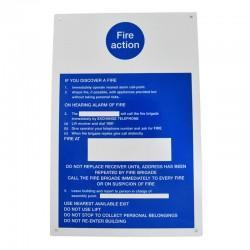
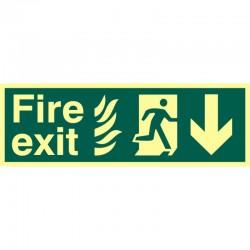
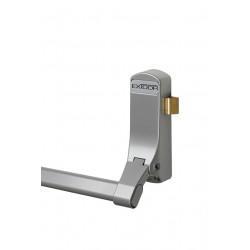
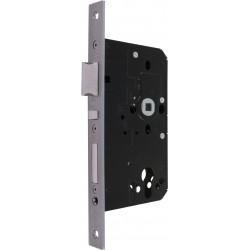
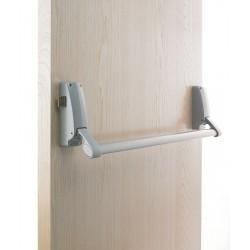
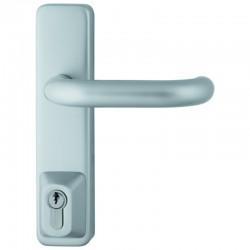




Comments